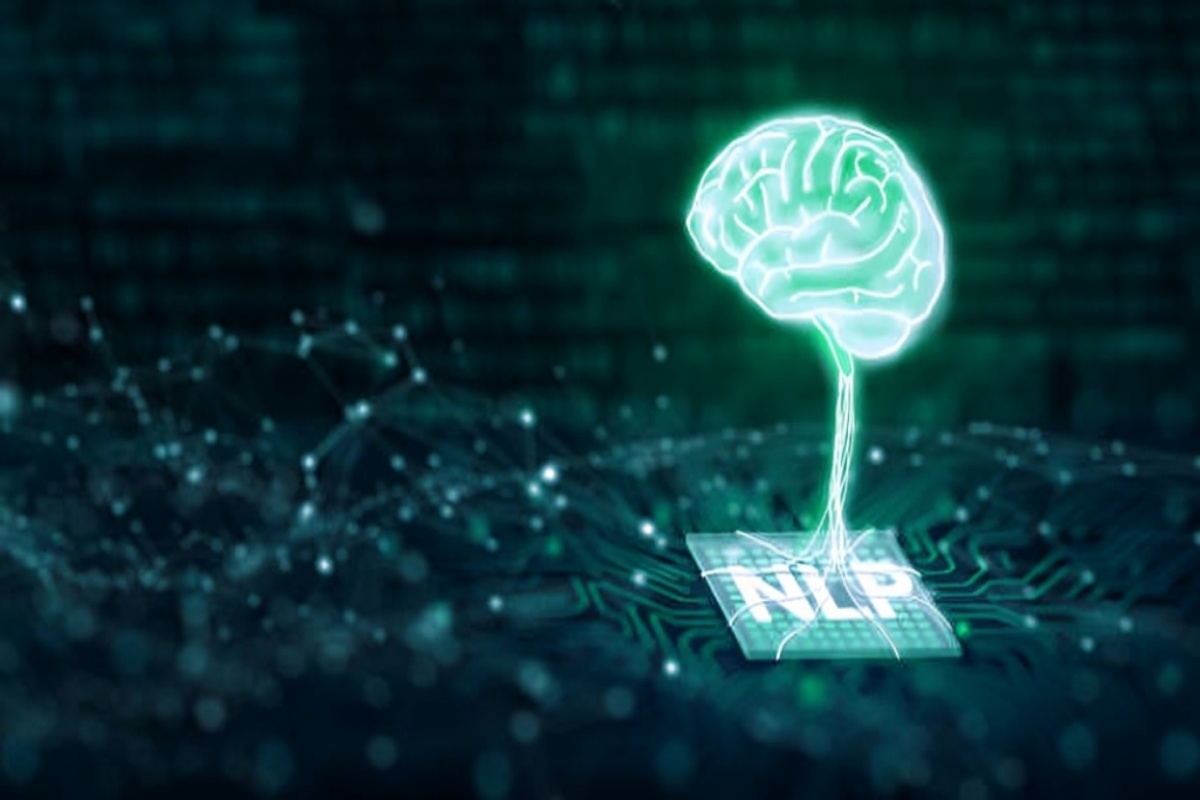Natural Language Processing (NLP), a subfield of artificial intelligence (AI), has undergone a revolutionary transformation over the past decade. At its core, NLP is concerned with enabling machines to understand, interpret, generate, and interact using human language. While early attempts at NLP relied heavily on rule-based systems and rigid linguistic structures, the infusion of AI—particularly deep learning—has dramatically enhanced the sophistication and capability of NLP systems.
In this blog, we explore how AI is transforming NLP, the breakthroughs driving these changes, and the real-world applications that are reshaping industries and redefining how we interact with technology.
1. The Evolution of NLP: From Rules to AI
Historically, NLP systems were built using handcrafted rules and lexicons. These systems were limited in their flexibility and often failed to grasp the nuances of human language—idioms, slang, ambiguity, or context. The shift began with the introduction of statistical methods in the 1990s and gained momentum with machine learning (ML) techniques in the early 2000s.
However, the true transformation came with the rise of deep learning and neural networks, particularly after 2013, with the advent of word embeddings (like Word2Vec) and later transformer architectures like BERT, GPT, and T5.
2. The Role of AI in Revolutionizing NLP
AI, especially deep learning, has enabled NLP systems to:
a. Understand Context with Precision
AI models like transformers are capable of understanding context not just at the word level but across entire sentences and documents. Pre-trained language models, such as OpenAI’s GPT series and Google’s BERT, can capture deep semantic relationships and syntactic patterns in text.
b. Learn from Massive Datasets
Thanks to AI, models can be trained on vast amounts of data, improving their ability to generalize across languages, domains, and dialects. Transfer learning and self-supervised learning have made it possible to build robust models without massive manual annotation.
c. Generate Human-Like Language
AI models can now generate coherent, contextually appropriate, and sometimes even creative language outputs. From composing emails to generating poetry, AI-generated text has reached a level where it’s often indistinguishable from human writing.
d. Multilingual Mastery
Modern NLP models can perform tasks in dozens of languages simultaneously. Models like mBERT and XLM-R use multilingual corpora to achieve cross-lingual understanding, breaking down barriers for global communication and accessibility.
3. Key AI-Powered NLP Breakthroughs
a. Transformer Architecture
Introduced in the seminal paper “Attention Is All You Need” (2017), transformers changed the game by using attention mechanisms to understand word relationships, leading to state-of-the-art performance on many NLP benchmarks.
b. Pretrained Language Models
Pretraining on vast datasets and then fine-tuning for specific tasks has become a standard practice. Models like GPT (Generative Pretrained Transformer), BERT (Bidirectional Encoder Representations from Transformers), and T5 (Text-to-Text Transfer Transformer) are leaders in this domain.
c. Few-Shot and Zero-Shot Learning
Thanks to AI, models can perform new tasks with little to no training data. This capability has opened up applications in under-resourced languages and domains where annotated data is scarce.
d. Real-Time Interaction and Personalization
Voice assistants (like Siri, Alexa, and Google Assistant) are powered by real-time NLP models that learn user preferences and respond in a personalized manner, making interactions more natural and useful.
4. Real-World Applications of AI-Driven NLP
AI-powered NLP is no longer just an academic pursuit. Its impact is visible across various sectors:
a. Healthcare
- Automated transcription of clinical notes
- Summarization of patient records
- Conversational agents for patient interaction
- Language translation for telemedicine
b. Customer Service
- Chatbots and virtual assistants handle millions of queries daily
- Sentiment analysis for customer feedback
- Intelligent email and ticket classification
c. Education
- AI tutors that answer students’ questions in natural language
- Automatic grading and feedback generation
- Language learning platforms with real-time correction
d. Legal and Finance
- Document summarization and contract analysis
- Risk assessment through sentiment analysis
- AI-based compliance and policy checks
e. Content Creation and Media
- Automated journalism and content generation
- Real-time captioning and translation
- SEO optimization through keyword and topic analysis
5. Challenges and Ethical Considerations
Despite its promise, AI-powered NLP is not without its challenges:
a. Bias and Fairness
Language models can inherit biases present in training data. This can lead to harmful or unfair outcomes, especially in sensitive applications like hiring or law enforcement.
b. Misinformation and Deepfakes
Advanced text generation can be used to spread misinformation or create fake news, requiring mechanisms for detection and mitigation.
c. Data Privacy
NLP models often require access to personal data. Ensuring privacy and compliance with regulations like GDPR is essential.
d. Interpretability
AI models, especially large neural networks, are often “black boxes.” Understanding their decision-making processes is critical for trust and accountability.
6. The Future of NLP with AI
Looking forward, AI will continue to push the boundaries of what’s possible in NLP:
- Multimodal Models that understand and generate language alongside images, audio, and video
- Domain-Specific Models tailored to industries like law, medicine, and finance
- Smaller, More Efficient Models for edge computing and on-device processing
- Interactive AI Agents capable of holding long, dynamic conversations with memory and personality
Research is also exploring how human cognitive models can be integrated with AI to build systems that not only understand language but also reason, infer, and imagine.
Conclusion
Artificial intelligence has ushered in a new era for natural language processing. What was once considered a complex challenge—teaching machines to understand and generate human language—is now a thriving area of innovation and application. As AI continues to evolve, NLP will become even more central to our digital lives, enabling seamless interaction between humans and machines in ways previously unimaginable.
The future of NLP is not just about making machines understand us—it’s about empowering humans through better communication, smarter systems, and more inclusive technology.

